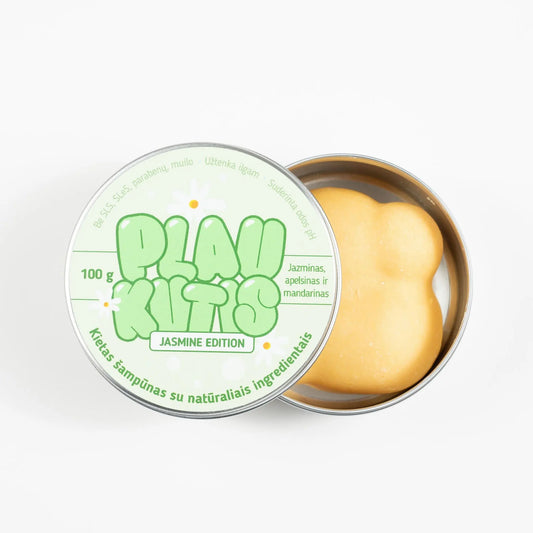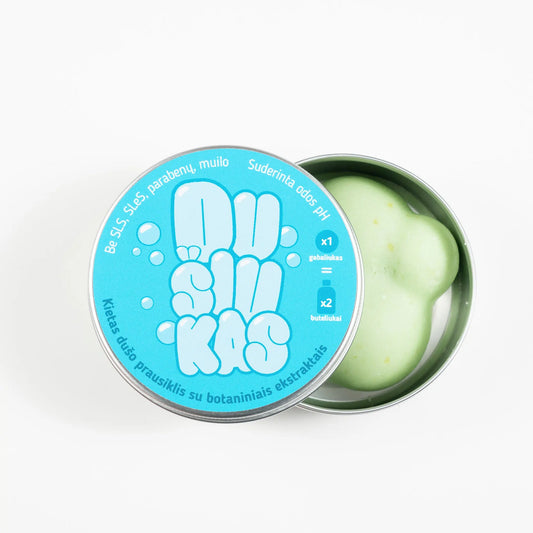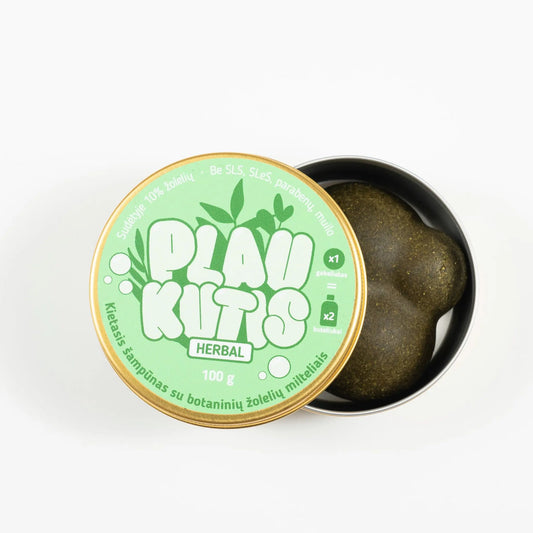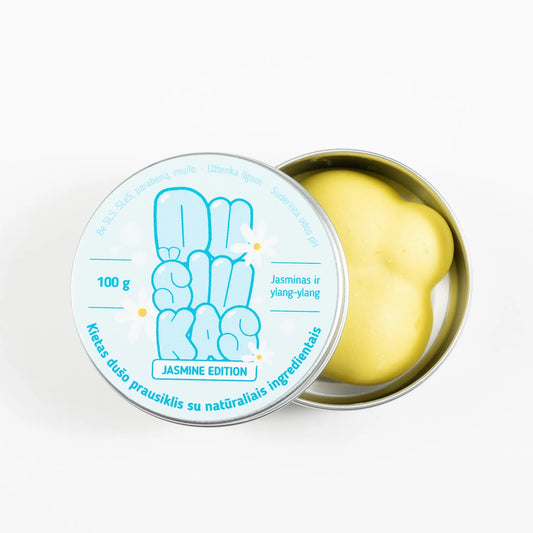1. New Technologies and Innovations
In recent years, solid dishwashing detergents have been evolving rapidly, responding to the growing demand for more sustainable and efficient household products. Thanks to new technologies and innovations, more and more products are appearing on the market that not only clean better, but are also more environmentally friendly.

New product development : Manufacturers are constantly experimenting with new formulas to create effective yet less environmentally friendly detergents. The current trend is towards using fewer chemicals and focusing more on natural ingredients such as plant extracts and essential oils. In addition, detergent designs are also evolving, from traditional tablets to innovative, easy-to-use discs or strips.
Alternative Materials : As environmental awareness grows, manufacturers are looking for ways to replace traditional synthetic materials with natural or innovative synthetic components that are more easily biodegradable. These materials not only reduce the environmental impact of the detergent, but are also safer to use, especially in homes with children or those with more sensitive skin.

2. Comparative Analysis with Other Dishwashing Detergents
With various forms of dishwashing detergent on the market – liquid, powder and solid – consumers often face the dilemma of which option best suits their needs.

Comparison with liquid and powder detergents : Solid detergents are often more compact, easier to transport and have a longer shelf life than liquid detergents. They are also highly concentrated, so less is needed, which can be more economical in the long run. However, solid detergents sometimes face challenges in terms of solubility and dosing, especially at low water temperatures or short wash cycles.
Powder detergents, on the other hand, are often used due to their good price and effectiveness in combating stubborn dirt. However, powders can leave residue on dishes, especially if not dosed correctly, which can be a problem that solid detergents avoid.

3. Cultural and Social Aspects
Solid detergents, like many other household products, have varying popularity in different regions of the world, depending on local consumption habits, cultural norms, and social trends.
Popularity of solid detergents in different regions : In Europe and North America, solid detergents are often seen as a high-quality product that symbolizes both efficiency and sustainability. In these regions, consumers tend to pay more attention to environmental aspects, so solid detergents, which often have less packaging waste and are longer-lasting, are more popular.
In Asia, particularly Japan and South Korea, solid detergents are also gaining popularity due to their convenience and aesthetic design. In these countries, consumers appreciate the small size of detergents and their practicality given the limited living space.
However, in some regions, such as Africa or South America, liquid detergents still dominate due to their ease of use and lower initial investment, even if the long-term costs may be higher.

Conclusions
Solid dishwashing detergents are constantly evolving and establishing themselves in the market as a sustainable and effective alternative to traditional liquid and powder detergents. Despite some challenges, they offer consumers long-term benefits from both an ecological and economic perspective. Their popularity worldwide shows that cultural and social aspects also play an important role in the choice and use of these products.


















